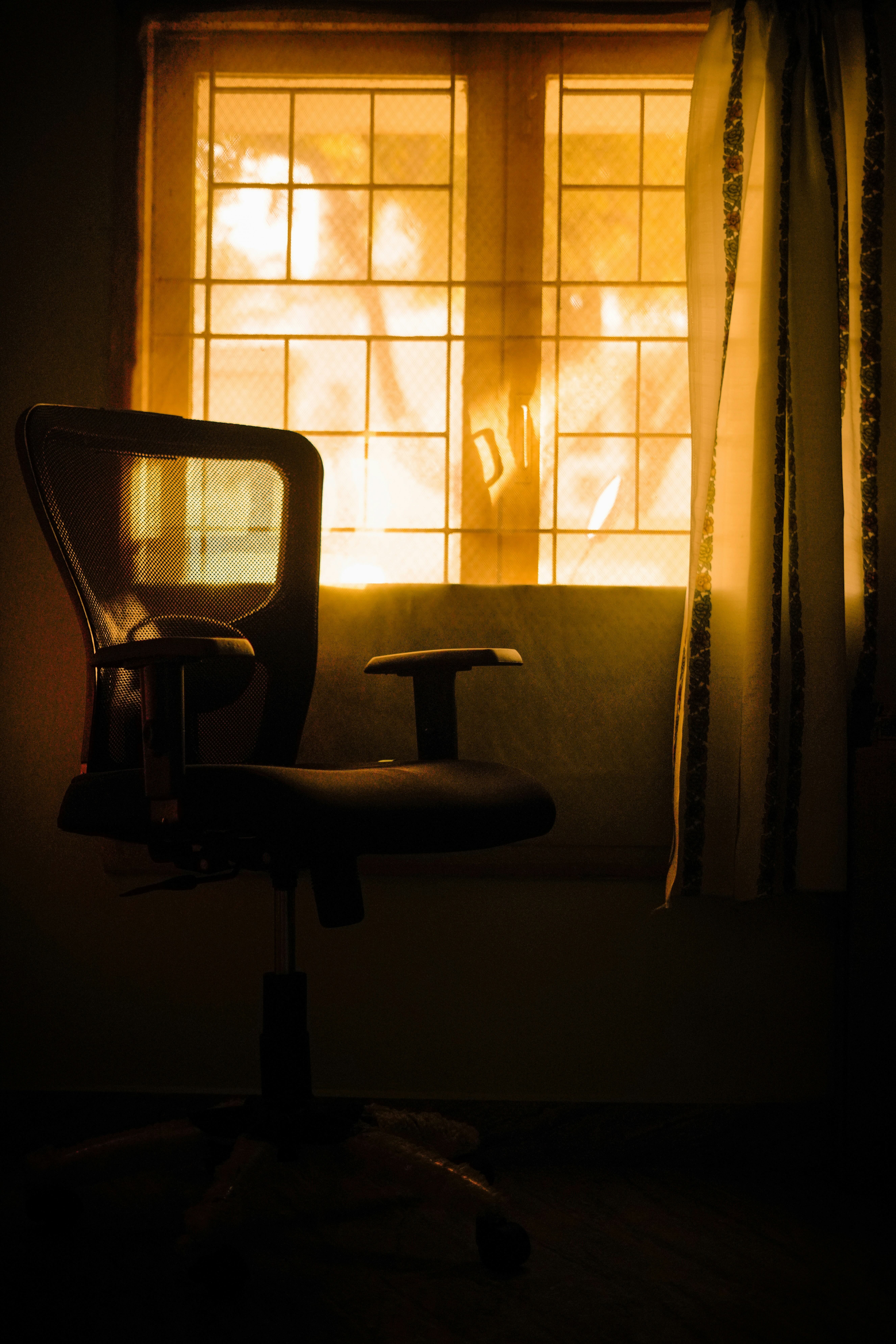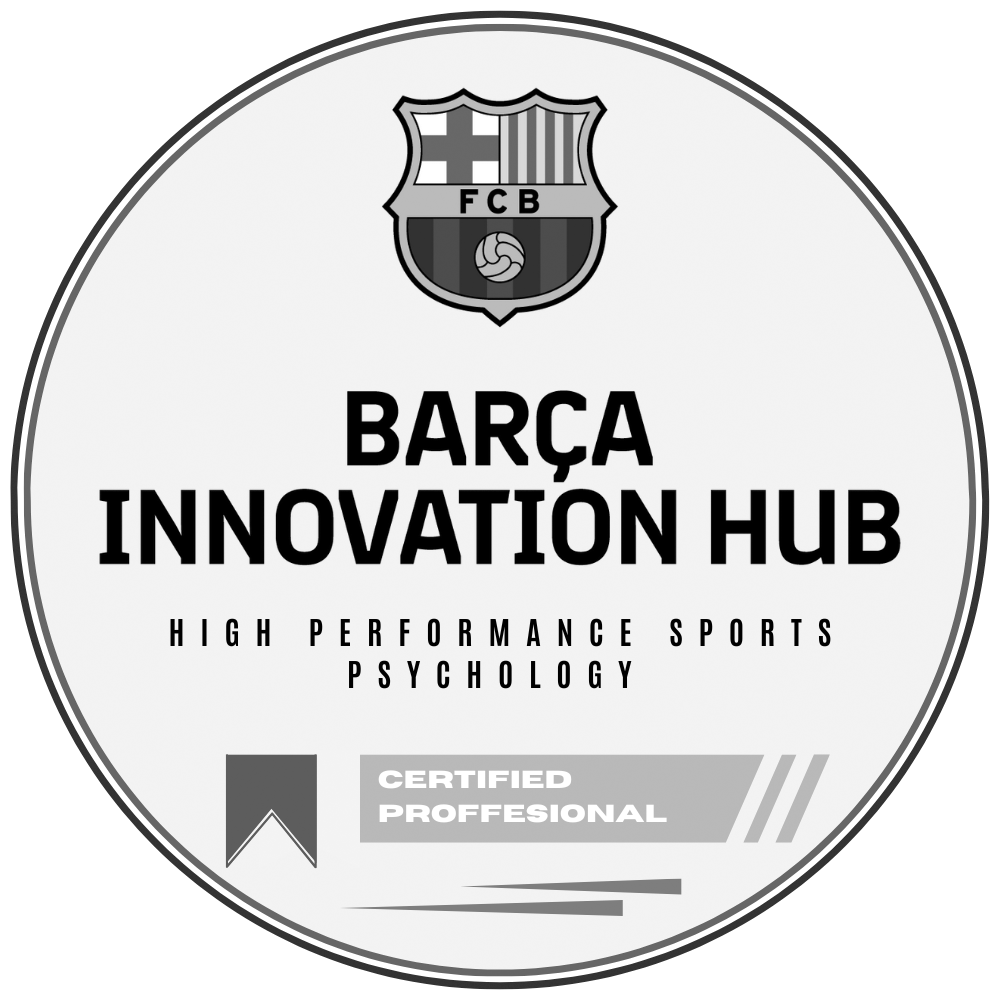A few weeks ago, I got a call I wasn’t expecting.
A client engagement—one I’d spent months nurturing—collapsed. Not a soft decline, but a full unraveling. People pulled away. The connection frayed. What had once felt solid now looked like smoke. Years ago, this kind of loss would’ve undone me. I would have spiraled into over-analysis, blaming myself for not seeing it coming. The old script would’ve kicked in: “You should have done more. You’ve failed again.”
But this time, something different happened.
I stood in the discomfort—but I didn’t collapse into it. I took a walk. Let the emotions move. I said out loud, “This is painful, but it doesn’t get to define me.” And then, quietly, I asked myself a question that’s become an anchor lately: What is this moment asking of me?
The answer wasn’t heroic. It was simple: Presence. Perspective. A chance to respond instead of react.
That’s what this post is about. Not theory—but the messy, human, often unglamorous work of meeting adversity when it shows up unannounced. Again.
When the Story Becomes the Problem
As a coach, I witness adversity all the time—not just in events, but in how people interpret those events.
One client lost a promotion and told himself, “I’m invisible here. I’ll never be trusted.” Another felt excluded from a family business decision and assumed, “They don’t value me. I don’t belong.” And perhaps the most subtle, a high-performing founder whose company plateaued quietly said, “Maybe I’ve peaked. Maybe this is it.”
What strikes me in each case is not the adversity itself—but the internal story that follows. Often, that story becomes the true source of suffering.
This is where I draw a distinction I’ve come to lean on heavily:
Pain is inevitable. Suffering is optional.
Pain is the sting of the moment. The setback. The disappointment. The failure.
Suffering is the story we tell ourselves about that pain—and our tendency to live inside that story, long after the event has passed. It’s a principle rooted in both Stoic and Buddhist teachings. The Buddha spoke of the “second arrow”—the idea that the first arrow is the unavoidable pain of life, but the second arrow is the suffering we add through resistance, self-blame, or rumination. Epictetus put it this way: “It is not things themselves that disturb us, but our judgments about things.”
In my experience, the difference between someone who recovers and someone who spirals often comes down to whether they can spot the second arrow—and choose not to turn it on themselves.
Real-Time Tools for Shaky Moments
These days, I keep a short mental list. Call it my “resilience kit.” It’s not profound, but it’s portable. These tools help me, and they help my clients, shift in the moment—when the ground shakes.
1. Name the Narrative.
When something goes wrong, I pause and ask: What story am I telling myself right now?
It’s usually something sticky like, “This proves I’m not good enough,” or “They’ve lost faith in me.” The moment I name the story, I create space from it. And in that space, I can challenge it.
2. Get Into the Body.
Stress lives in the nervous system. When my mind is spinning, I walk. I go to the gym. I hit the punching bag. Something primal resets when we move. The body anchors us when the mind wants to flee.
3. Create a Delay.
If I’m triggered, I don’t respond right away. Even 30 seconds of stillness can change the tone of an email or conversation. Just because something feels urgent doesn’t mean it requires an immediate reply.
4. Ask a Better Question.
Instead of “Why is this happening to me?” I ask, “What is this moment calling for?”
It’s not a magic fix. But it shifts the lens from helplessness to agency.
5. Remember What’s in My Control.
When things fall apart, I return to this Stoic line like a mantra: Some things are up to us. Some things are not.
What’s up to me? My attitude. My next move. My integrity. That’s enough to work with.
Letting Go of the Strong Mask
Years ago, I thought strength meant holding it together—always. Pushing through. Smiling on the outside, even when I was crumbling inside. It wasn’t sustainable. That version of “strength” disconnected me from myself and others.
Now, I define strength differently. Strength is presence in the face of discomfort. It’s not collapsing under pressure, but it’s not pretending either. It’s saying: This is hard—and I can stay with it.
That’s a lesson I see my clients learn too, often slowly. One executive put it beautifully when she said, “I used to think coaching would teach me how to be more bulletproof. But what it’s actually taught me is how to bleed without hiding.”
The Practice of Returning
There’s a reason these tools are called practices. They’re not once-and-done. I still get it wrong. I still react. I still forget what I know when it counts most.
But I recover faster now. I find my footing more quickly. And that’s the real win—not perfection, but the ability to return.
Return to the breath.
Return to perspective.
Return to the version of you that responds, not just reacts.
It’s not always graceful. But it is powerful.
A Quiet Philosophy in the Making
This isn’t just a collection of coping tools. It’s the outline of a life philosophy—a way of meeting the world with more steadiness, more courage, and more self-trust.
It’s what Epictetus meant when he said, “No man is free who is not master of himself.” Mastery doesn’t mean control over life—it means clarity in the storm. It means you know where your power lives: not in what happens, but in how you meet what happens.
It means you don’t need the world to stop shaking in order to stand tall.
And it means that even when adversity shows up, uninvited and unrelenting, you get to decide what kind of person meets it at the door.
Final Words
My earlier blog “Adversity Isn’t the Problem—Our Perspective Is” was about reframing adversity; this one is about walking with it. Not abstractly, but in the field—in the meetings, the rejections, the fractured relationships, the moments that break your heart a little.
This is where resilience lives: not in the absence of difficulty, but in the presence you bring to it.
So the next time the world shakes, try asking:
What story am I in right now? And is it the one I want to live?
That’s where the shift begins.
#ResilienceInAction #InnerStrength #CoachingWisdom #StoicTools #SecondArrow #EmotionalAgility #PersonalGrowth #ExecutiveCoaching #MentalperformanceCoaching



.svg.png)










.png)


